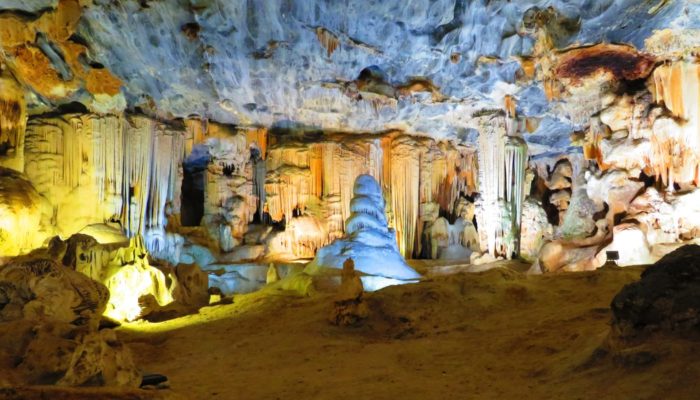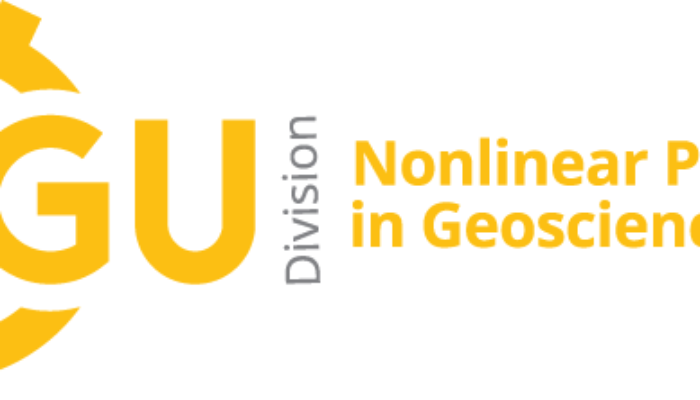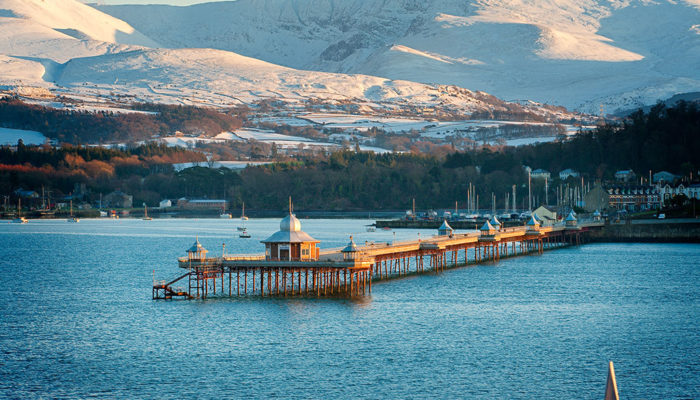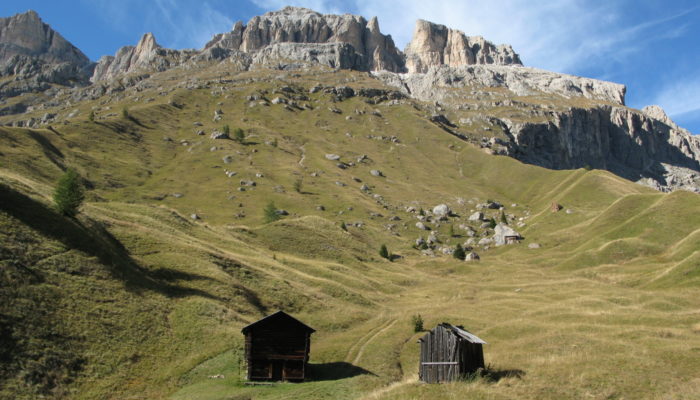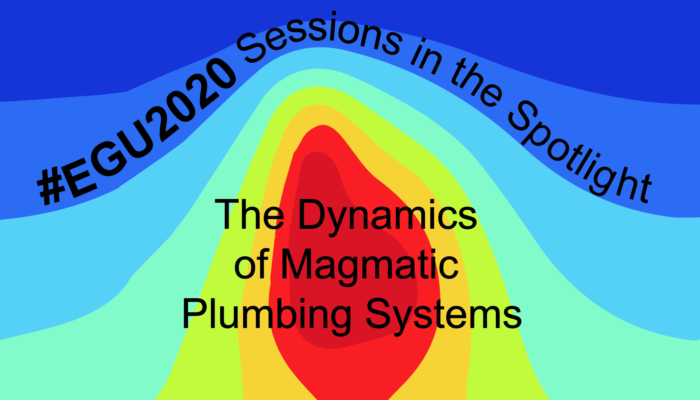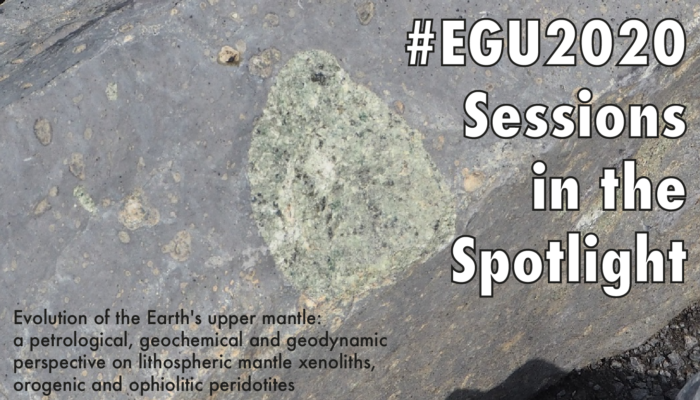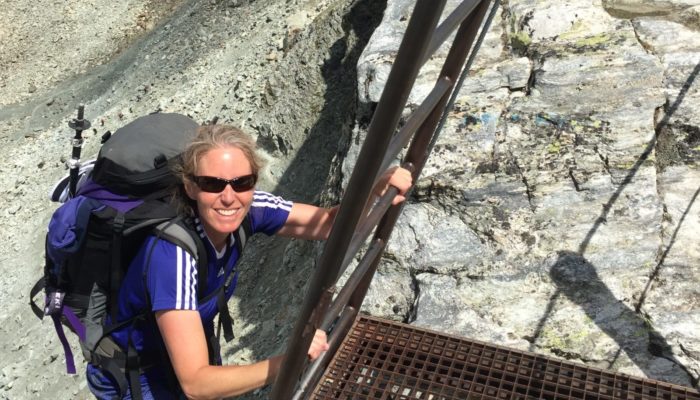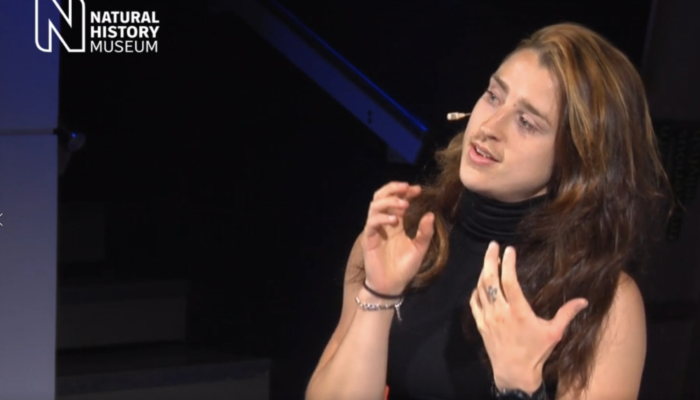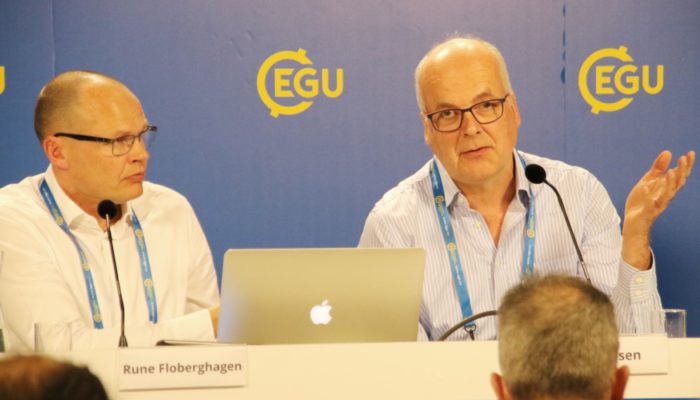Reconstructing past climate states from geological records is crucial for understanding the causal mechanisms that originated them. These can occur at time-scales which are much longer than the periods for which humans have been measuring climate variables such as temperature in meteorological stations. Such climate reconstructions provide a long-term context to the magnitude of the current anthro ...[Read More]
If you didn't find what you was looking for try searching again.
Nonlinear Processes in Geosciences
NP Division at the General Assembly 2020
Each year the European Geosciences Union organizes the largest European geosciences event which is the EGU General Assembly. It usually attracts over than 15000 scientists from all over the world, including both established researchers and early career scientists, who contribute to more than a half of the participants. It consists of several sessions (usually more than 500), covering a wide spectr ...[Read More]
Tectonics and Structural Geology
Bangor and Snowdonia, a natural laboratory for geologists of the scientific revolution
Bangor, once a tropical paradise on the coast of Gondwana, then a volcanic wasteland at the foothills of an immense mountain chain. The region would then be buried under glaciers for thousands of years before finally developing into an unassuming Welsh University town. Wales’ place in modern geology Perhaps you have looked at the chronostratigraphic chart of Earth history and wondered what ...[Read More]
Hydrological Sciences
Featured catchment series: The Rio Vauz catchment – long-term hydrologic observations in the Dolomites
Dolomitic landscapes are characterized by vertical rock cliffs and soil-mantled hillslopes originated from glacial or colluvial deposits, which hide a complex subsurface aquifer due to the permeability of the dolomitic rocks. To improve the understanding of the hydrological functioning of such complex hydrogeological systems, the hydrology group of the Department of Land, Environment, Agriculture ...[Read More]
Geochemistry, Mineralogy, Petrology & Volcanology
#EGU2020 Sessions in the Spotlight: The Dynamics of Magmatic Plumbing Systems
The EGU 2020 abstract submissions are now open for the next two months! Every few days, we will highlight a geochemistry, mineralogy, petrology and/or volcanolgy session right here – great news if like me, you can’t make a decision in a restaurant whenever there are too many options (just like the session list), so you just choose the first thing you see… Today it’s the tur ...[Read More]
Stratigraphy, Sedimentology and Palaeontology
Architecture and sediments, heritage and future
As geoscientists in Europe, we should consider ourselves to be very lucky to have a rich architectural heritage. The first insights we gain about the geology of an area can be read in beautiful historic buildings. For centuries, construction and architecture have been driven by two constraints: adapt to the local environment, and use locally available materials. Heritage buildings thus represent v ...[Read More]
Geochemistry, Mineralogy, Petrology & Volcanology
#EGU2020 Sessions in the Spotlight: Evolution of the Earth’s upper mantle: a petrological, geochemical and geodynamic perspective on lithospheric mantle xenoliths, orogenic and ophiolitic peridotites
The EGU 2020 abstract submissions are now open for the next two months! Every few days, we will highlight a geochemistry, mineralogy, petrology and/or volcanology session right here – great news if like me, you find choosing which session to submit to more difficult than choosing a decent movie on Netflix… Today it’s the turn of GMPV 4.4. Evolution of the Earth’s upper mant ...[Read More]
GeoLog
GeoTalk: Introducing EGU’s new Head of Media, Communications and Outreach
GeoTalk interviews usually feature the work of early career researchers, but this month we deviate from the standard format to speak to the newest member of the EGU office, Terri Cook. Terri is an award-winning science and travel writer who has a passion for geology and storytelling. You can find her work featured in a number of news outlets, including Scientific American, New Scientist, Eos, Lone ...[Read More]
Cryospheric Sciences
Cryo-Comm – Six reasons why you should communicate your science
What inspired you to get into polar or cryospheric research? Perhaps it was a passion for the outdoors, a drive to protect the environment for the people and animals that live there, or a fascination with wild places. For me, it was all three – and the more I learned about Antarctic climate science, the more I realised that the polar regions are vital to the functioning of a healthy planet, and so ...[Read More]
GeoLog
Job opportunity at the EGU General Assembly: press assistant
We have several vacancies for science-communication or science-journalism students in Europe to work at the press centre of the 2020 General Assembly, which will be held in Vienna, Austria, from 3–8 May. Applications from geoscience students with experience in science communication are also very welcome. This is a paid opportunity for budding science communicators to gain experience in the working ...[Read More]

